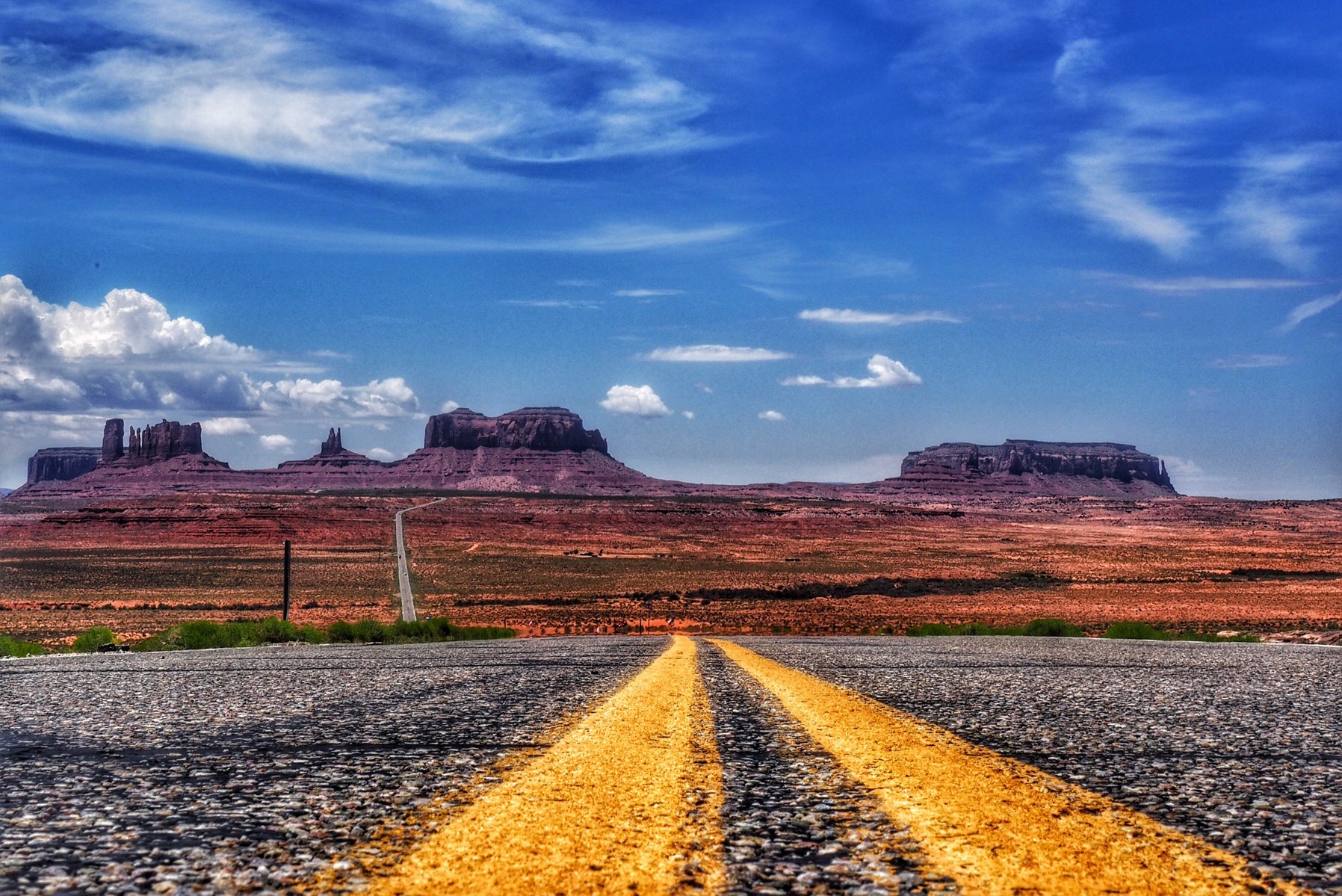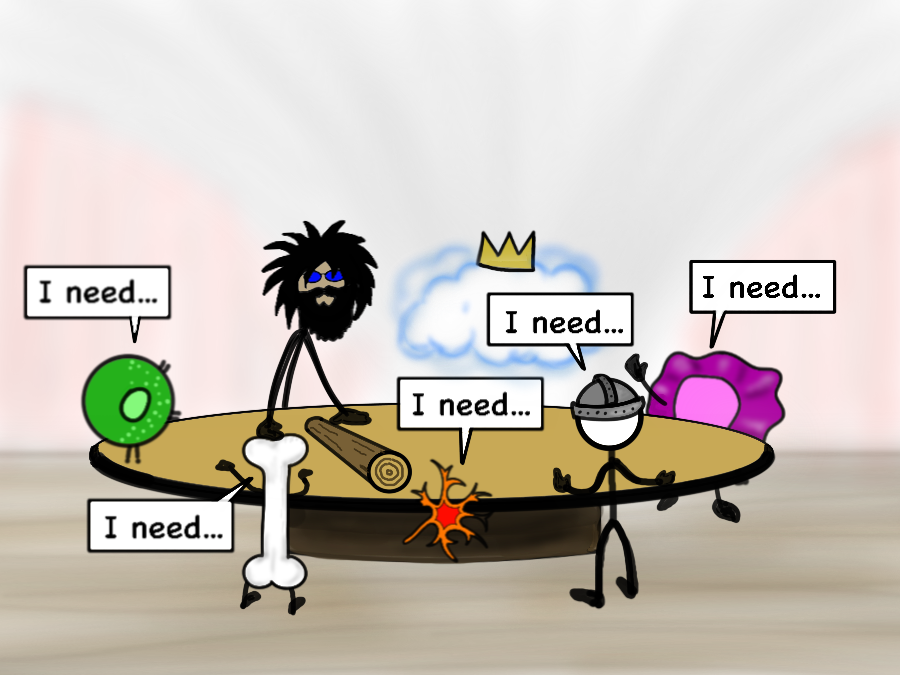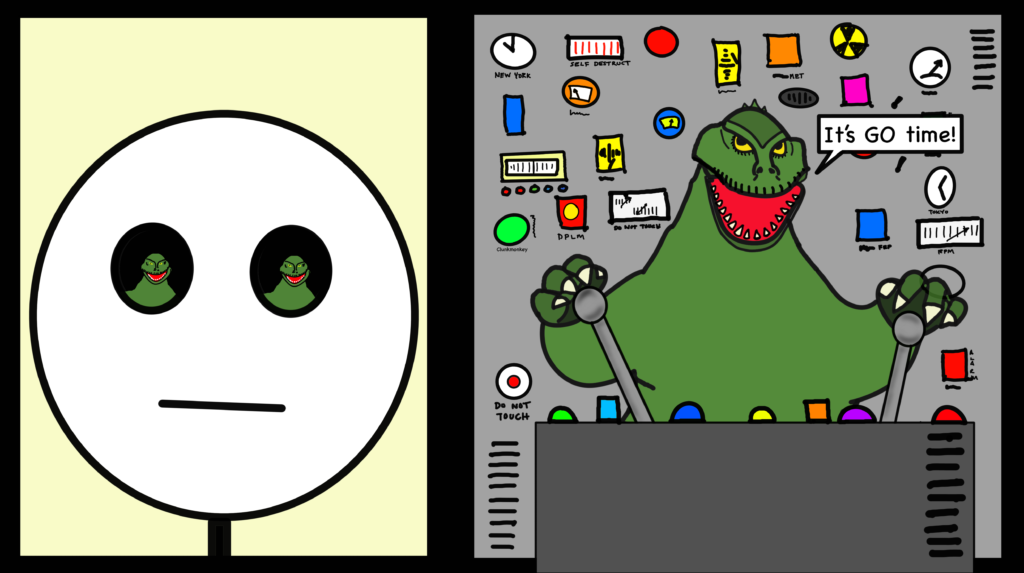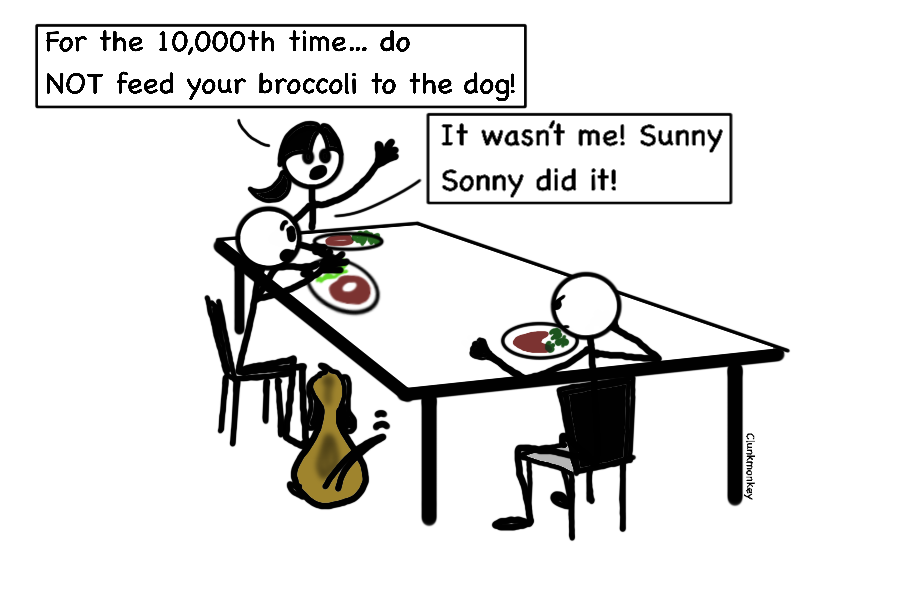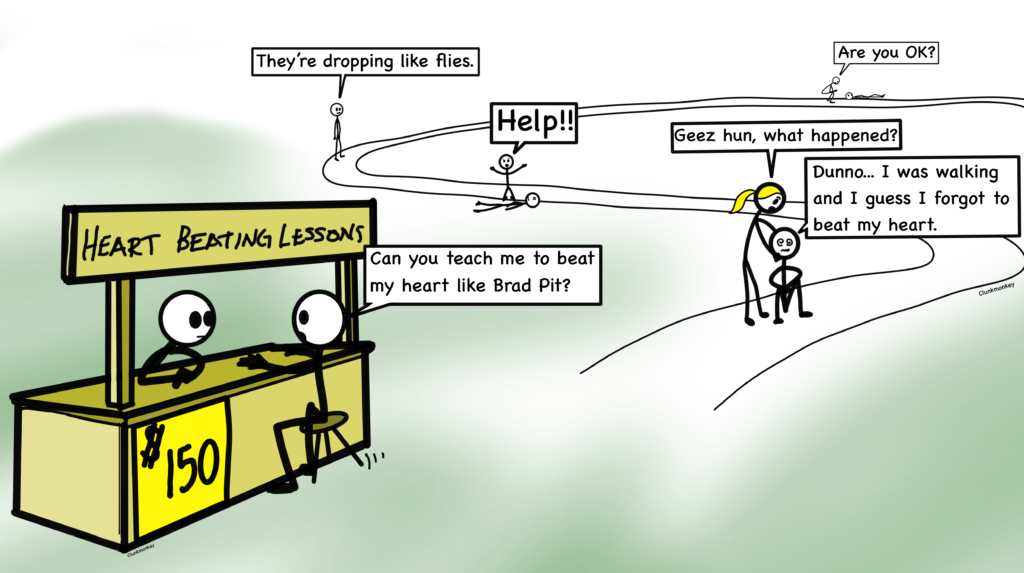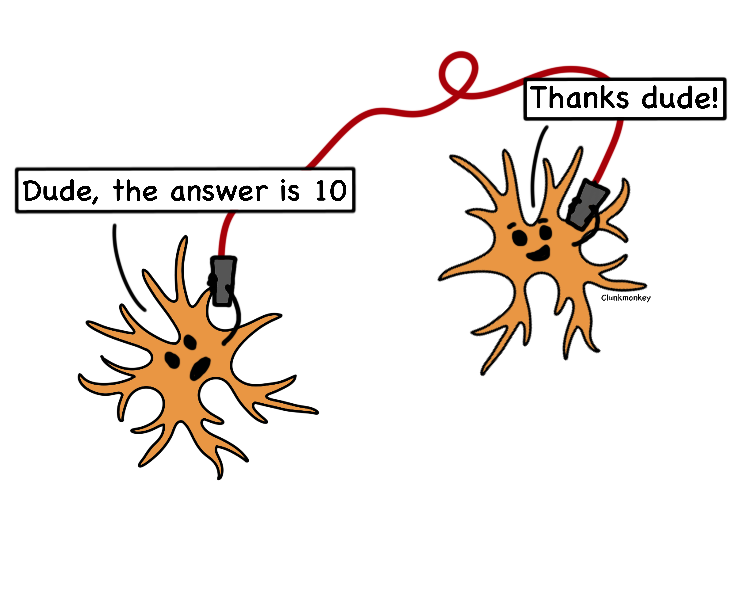Remember these guys?
Your survival depends on them. Their abilities have changed as a result of experience. Does this count as learning?
The ‘official’ position is that it doesn’t. That it’s all the purview of a factory installed auto-pilot… once called the “lizard brain”.
You’ve gotta admit, a prehistoric lizard autopilot is a pretty crazy story.
Yes, I know it’s not meant literally. But still…
When I first heard this idea it reminded me of my imaginary childhood friend who always got me in trouble.
Neuroscientists don’t subscribe to the lizard brain… or any multi-brain theory anymore. But they still consider all our key life functions innate behaviors… and therefore not learning.
Can you see how the focus on our heads… on our narrow sense of ‘self’, mandates that we consider incidental learning… learning that we aren’t conscious of, as reflex?
It impoverishes our sense of ourself. We do what our most powerful computers cannot… see, think, feel, manage or blood chemistry, fight disease, digest, grow bone… without consciously trying. Yet when someone asks us to describe ourselves, we do so with a handful of conditioned behaviors.
Anyway, if you’re comfortable with your most critical life functions being out of your grasp… I gotta ask, how much control can “you”… or what you think of as “you” really claim over your earth exploration vessel?
Although I will offer this anecdotal observation: after more than 30 years of coaching… watching people fumble the most basic of instructions, I understand why Ma Nature would put our most essential functions up on the top shelf… as far out of our reach as possible.
I’m not saying nature did that intentionally. Just that if she did, I understand why.
Let’s zoom in… take a peek at the cellular level. The parts list: neurons, axons, dendrons, myelin, glia, synapses, and proteins. There are others, but these will do.
Neurons send neurotransmitters to other neurons. Dendrons and axons help… somehow. Glia does… well, no one is sure. Same with myelin. A synapse is the small space between two cells, where communication happens. And proteins also play a role… but no one is sure exactly how they do.
That’s not very clear… is it?
What officially classifies as “learning” is a sort of wiring together of neurons that makes their communication faster and more efficient.
At least that’s what we think we know. You see… no one has ever seen this happen in a human. We arrived at this current understanding by studying sea slugs.
In the 1960’s Eric Kandel picked a brand of sea slug that had few neurons… that were also big enough to work with. He repeatedly did stuff to the slug, then examined the slugs neurosystem for changes.
The discovery won him a Nobel prize.
Neurons are neurons, right?
Maybe. Probably. But then again, maybe not. We won’t know until we know… you know?
Beyond that… how information gets turned into a neurotransmission… if it gets turned into a neurotransmission… what one neuron said to the other when they were walking out of a bar…
We don’t know.
And listen… even some of the stuff we’re sure we know… often turns out to be iffy. One example, for more than five decades researchers were sure that the brain had 100 billion neurons. It occurred to Suzanna Herculana-Huzel that no one knew where that number came from. So she counted them. The actual number is 86 billion… plus or minus.
There are as many as 100 trillion connections between those neurons.
And as many as a thousand proteins – in varying configurations – at every connection.
Even if we could record the state of every neuron AND the strength of all 100 trillion connections AND the state of the thousands of proteins at every connection. If all of that could be recorded in an image… it can’t, but even if it could, that image would be useless to everyone but you. Because no two brains are the same.
Yes, we can memorize words. We perform tasks better after repetition. And experience changes us. But no one knows how any of this happens.
Furthermore, no one knows where it happens. Yes, I know, we just talked about a process that happens in the brain. But in the next chapter we’re going to see that no one is sure where it all comes from.
Next… how we learn.
